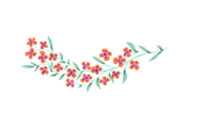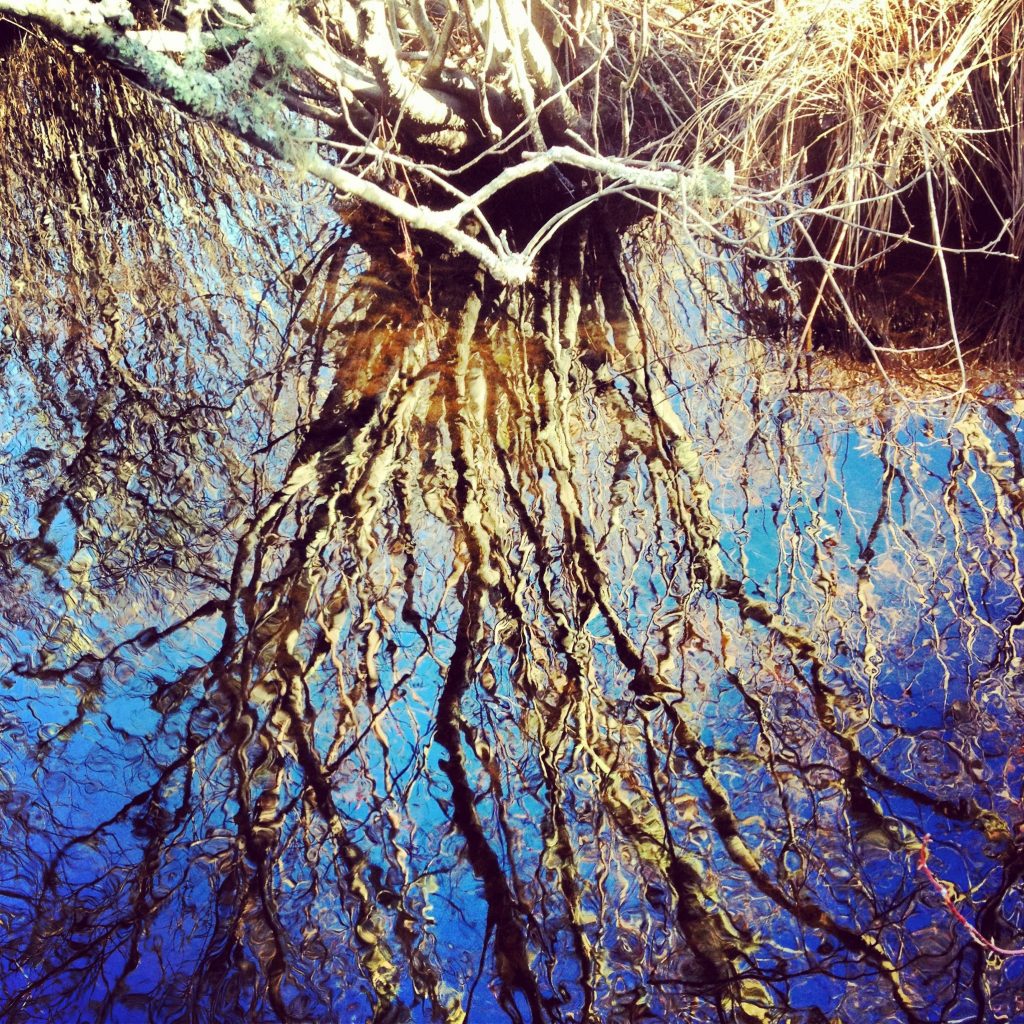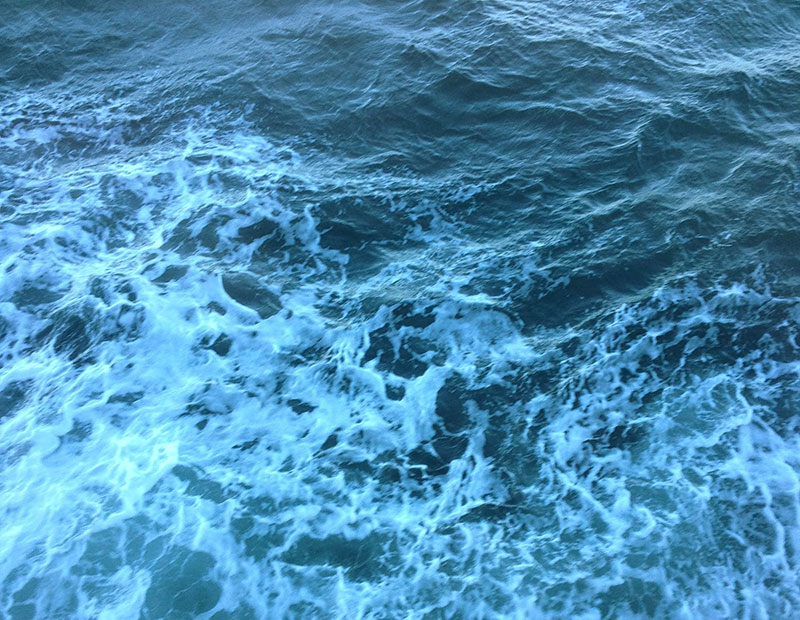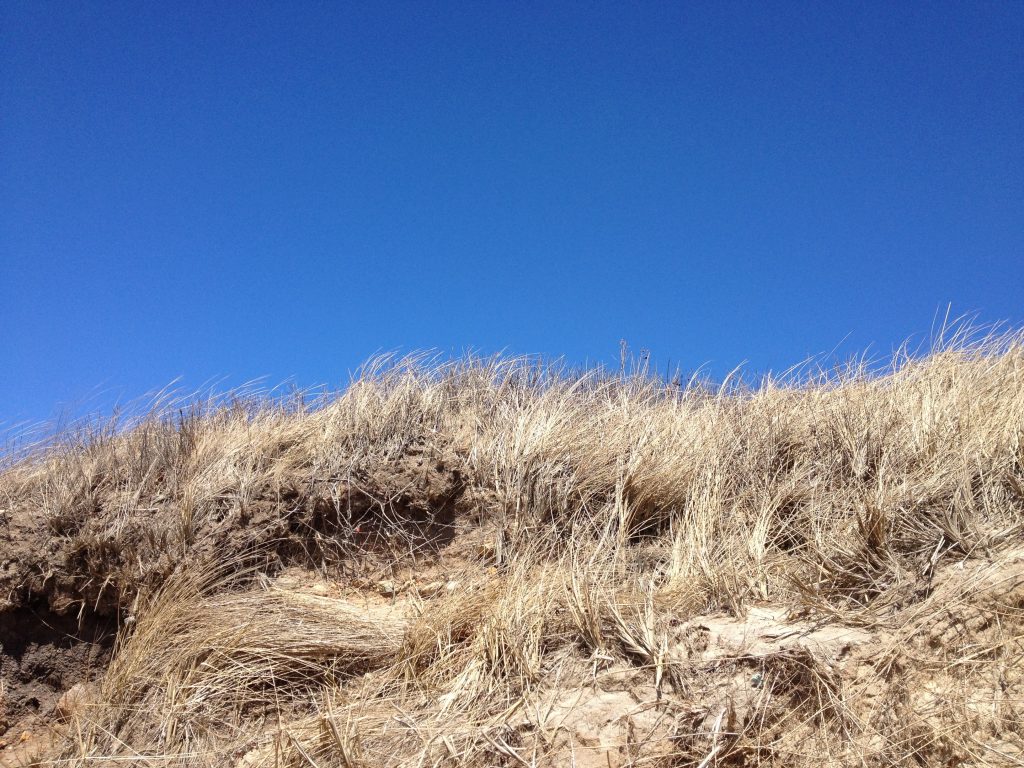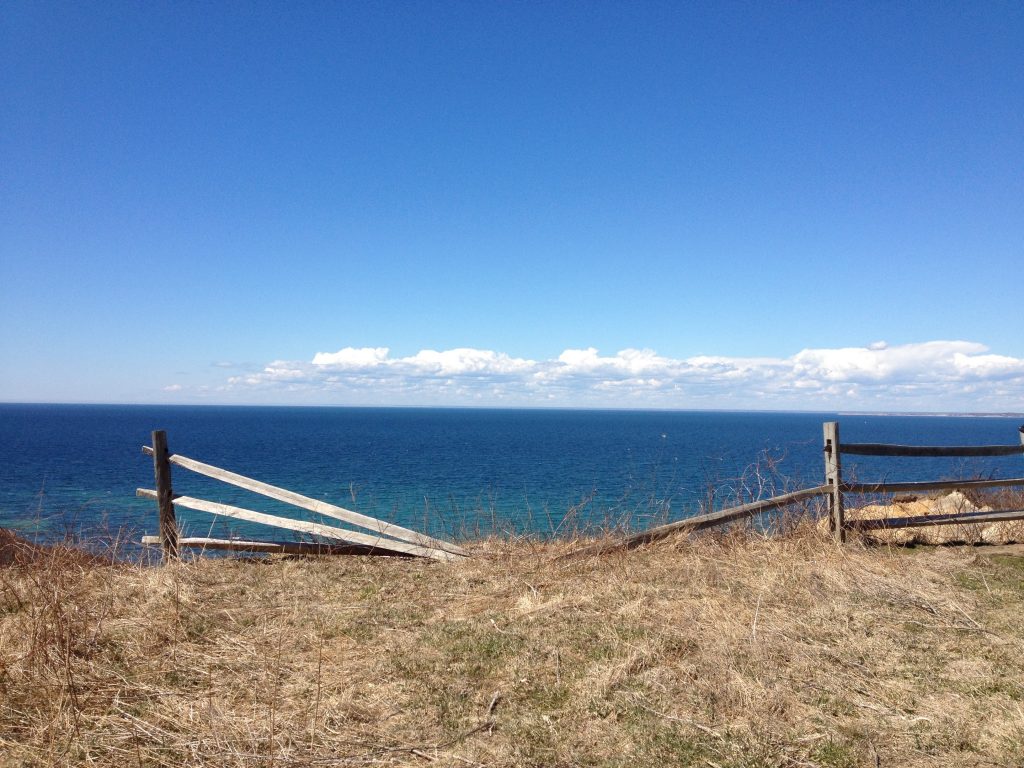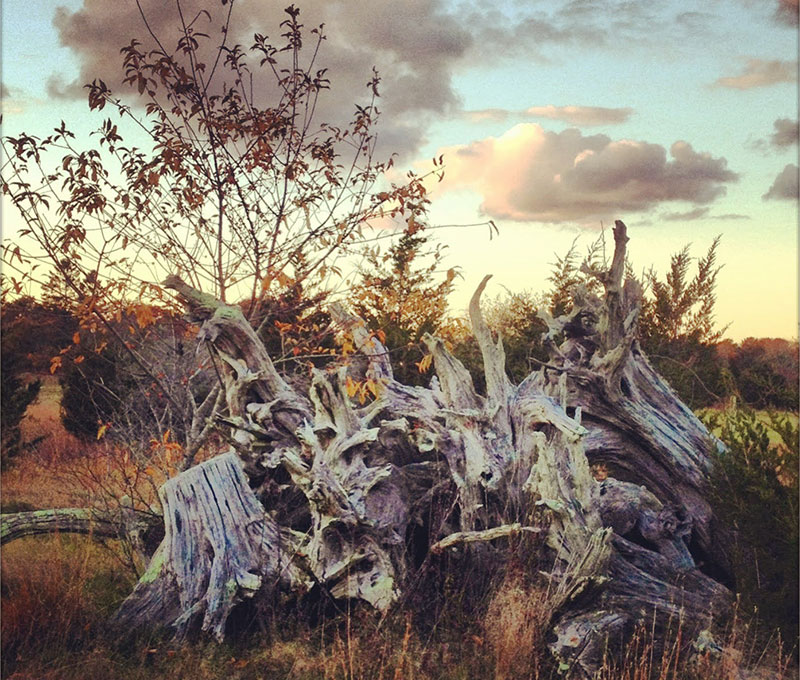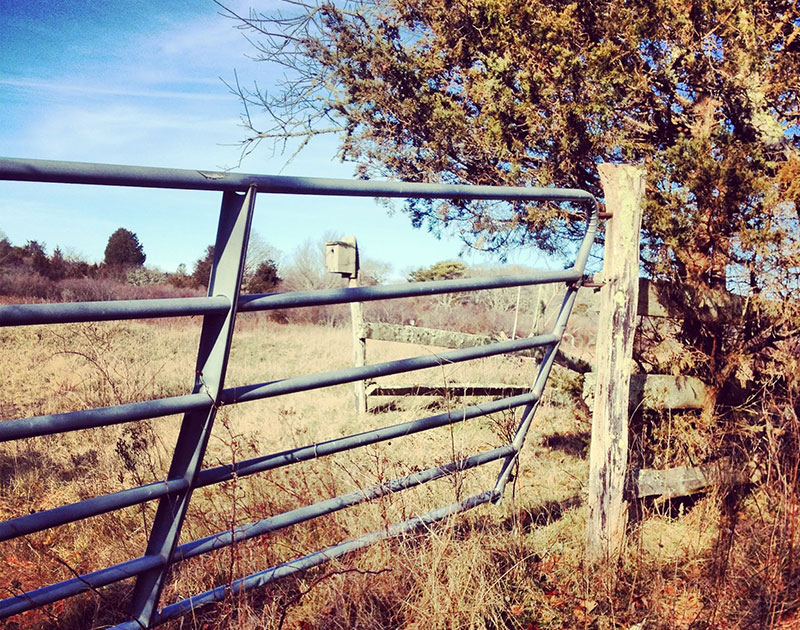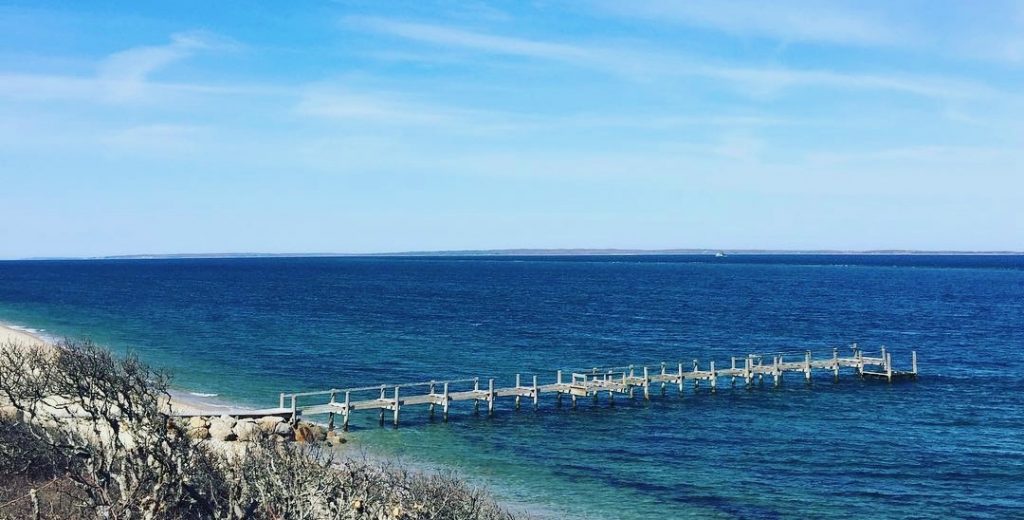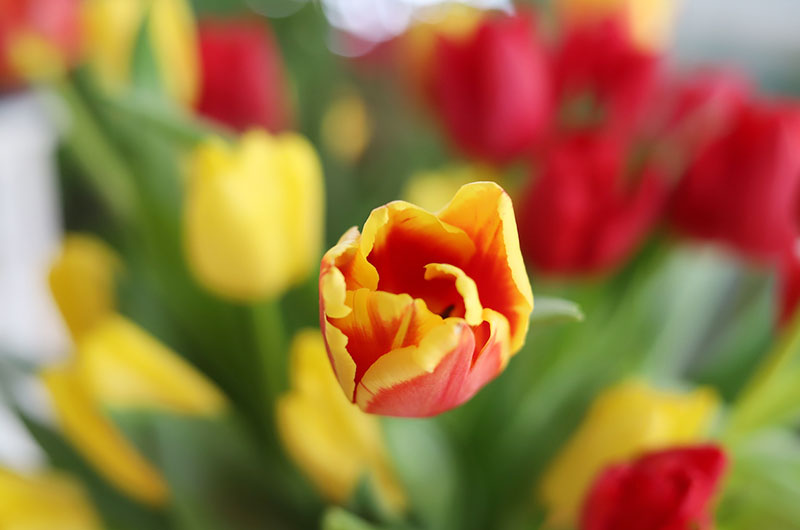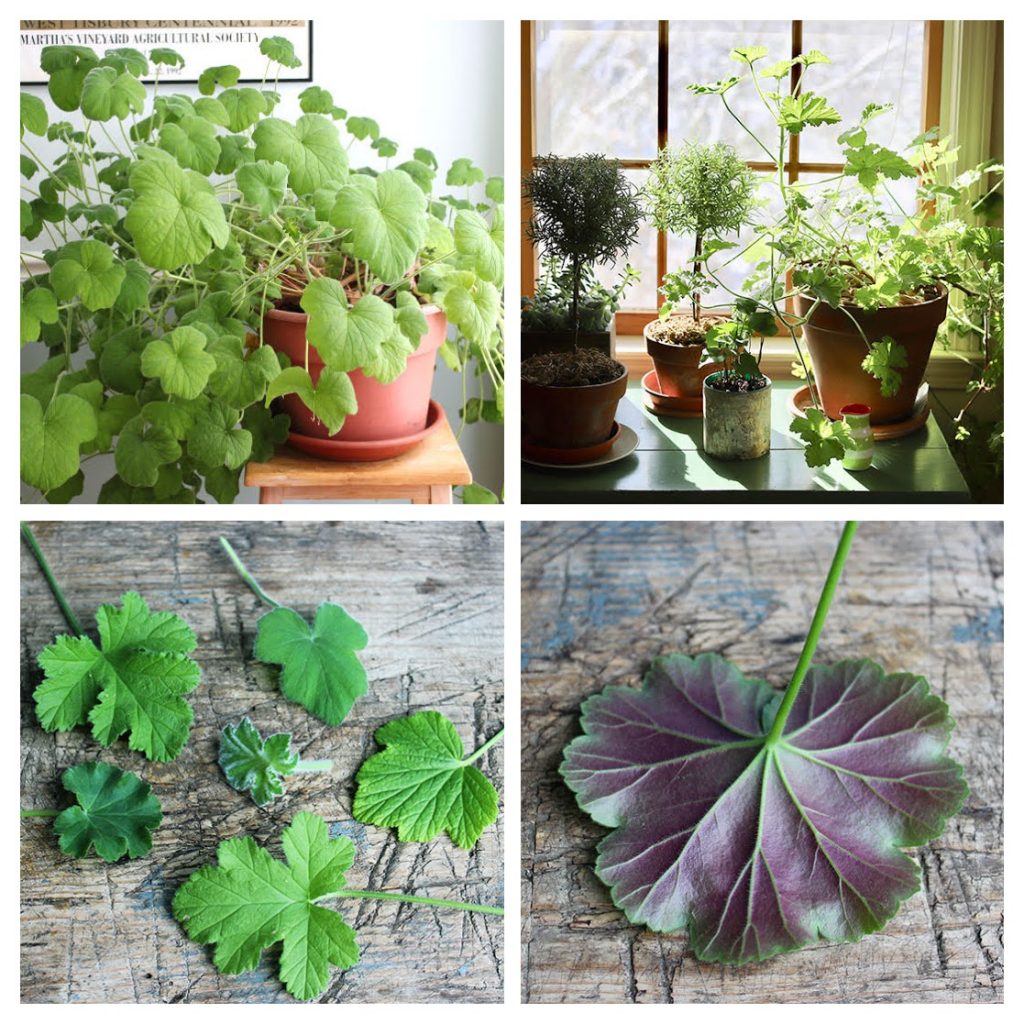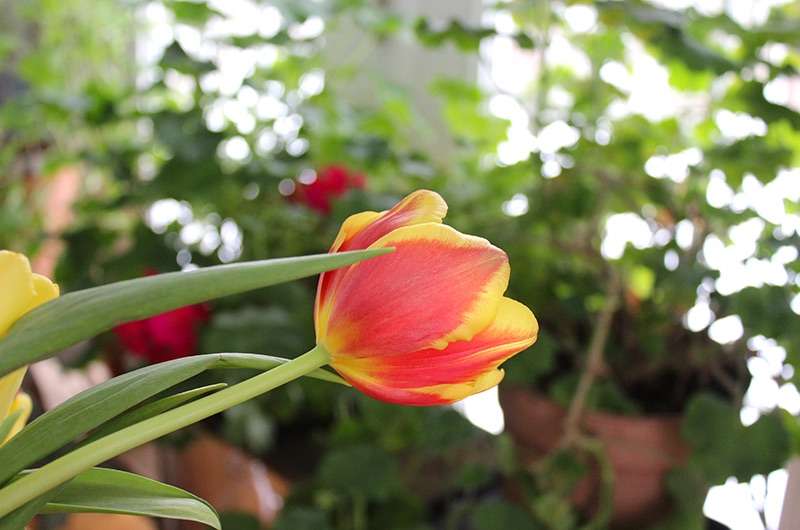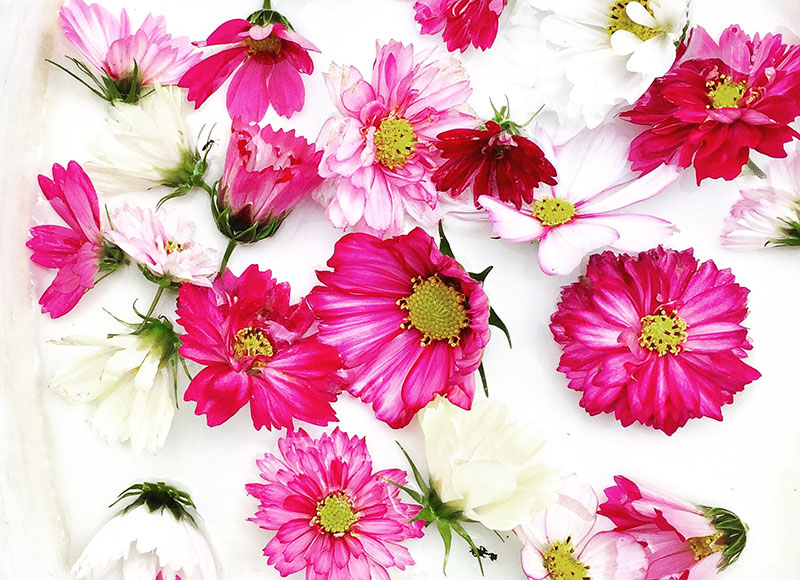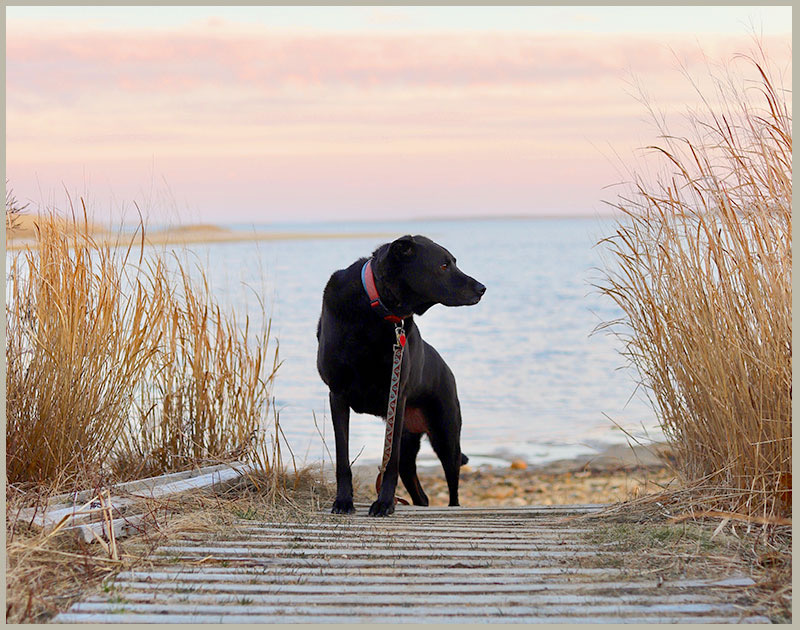
BAD days happen. We all have them. I had one this week.
The circumstances weren’t so very terrible; just uncomfortable enough that I wanted to crawl back in my Cancer-the-Crab shell where it would be safe. It’s a tactic I’ve turned to since childhood. You know the drill.
My reaction bothered me more than anything. The problem was I was angry (rest assured, NOT with my beloved). I haven’t been really angry in years, and I’d forgotten what it feels like. My whole body overheated and my stomach turned on me, as if I had asked it to perform in front of a thousand people, naked. (My stomach has been known to portray my stage fright.)
And then anger turned to hurt. Nothing like hurt feelings to reduce one to the emotional stability of a tired toddler. My eyes watered. Tears! Imagine!
Worse, I soon realized I was on the down escalator heading for self-recrimination. Classic – turning the anger inward. This was not good!
Fatigue, the heavy kind that comes when circuits are overloaded, crept up on me. But it was a busy work day so I powered forward on deadline, through a Zoom and on to the finish line.
One silver lining to a job like mine is that you learn to write, edit, and package content quickly to get it out the door. You have to focus.
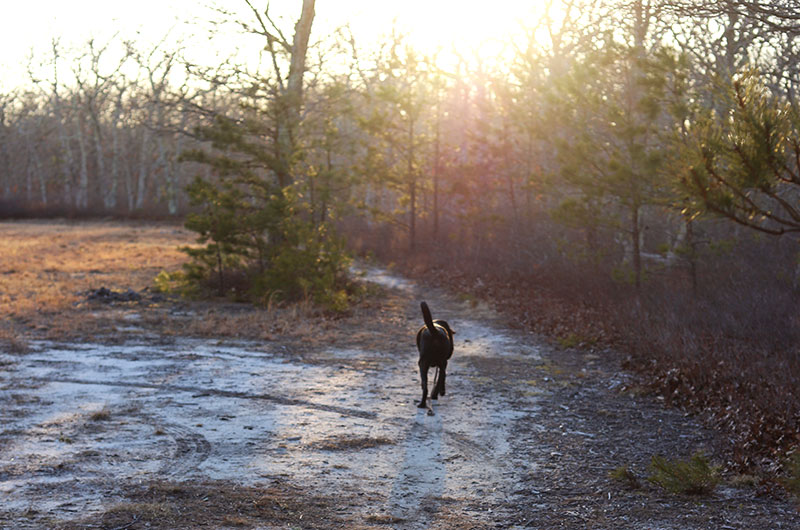
At the end of the day, Farmer was waiting for me at the bottom of the stairs. Having had his supper, he was ready to go – not just for a walk, but for The Walk, an adventure we discovered during the pandemic thanks to Google maps. It’s a backwoods route that takes us from our house to the water a couple miles away, to the shoreline of Tisbury Great Pond, one of the two largest ponds on the south shore of Martha’s Vineyard. It bumps up against the Atlantic Ocean with only a small barrier beach (sometimes breached) between.
I stepped out the back door and hurried to follow the blur of Farmer’s wagging black tail as he dashed through the woods behind our house.
We made our way across a dirt road, through a shallow wood, onto another dirt road and down a horse path, Farmer dragging his leash along, sidestepping like a Lipizzaner as he skipped along from sniff to sniff.
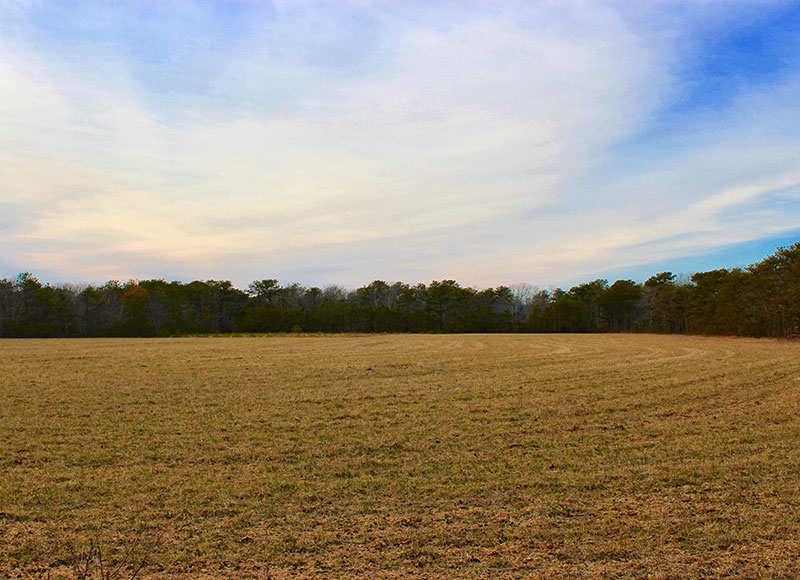
We threaded an ancient way between more scrub oaks and pine seedlings, along the southern edge of a large hay field freshly spread with horse manure, picked up the path again, and finally reached the Short Cove trailhead, the start of a Land Bank trail that hugs the hedgerows, the hayfields, and wood lots of Flat Point Farm.
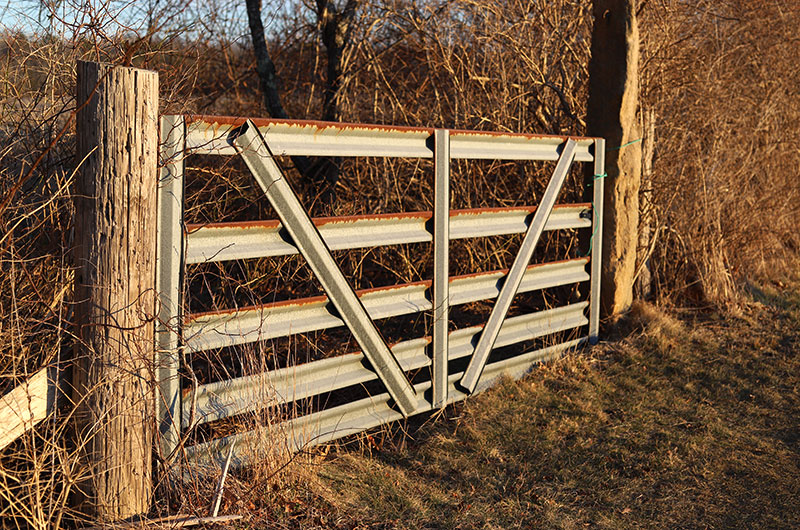
The wind whipped up on the stretch along the big field, Farmer’s nose to the wind sniffing wildly from target to target, landing on the prize of a slowly petrifying dead turkey. Geese honked, lifting off in unison. The farm’s sheep baa-baaed, perhaps in warning, from the barn far across the field where the hazy fuse of sunset blinked orange through the bare limbed oaks.
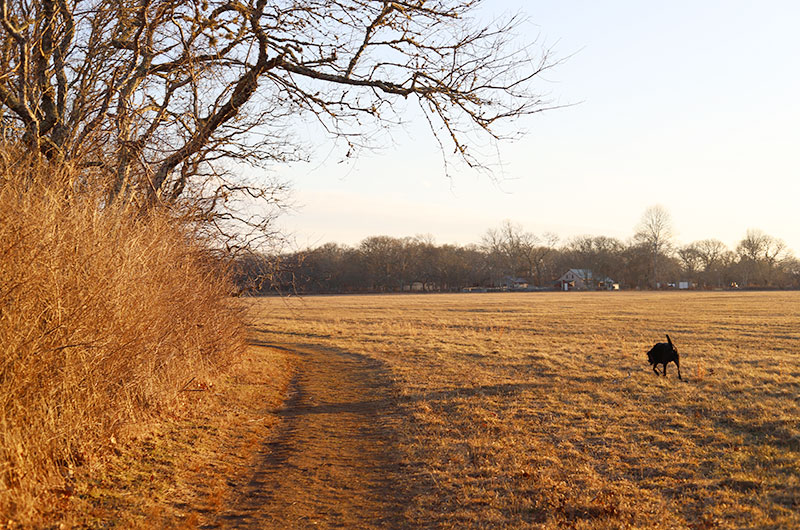
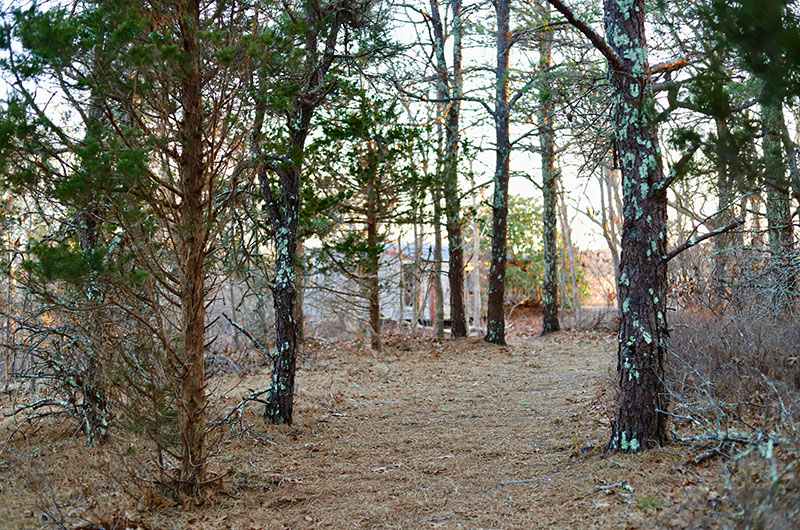
Up and down and up again we went, the trail rising into a pine grove high above the first glimpse of the cove, a thick swath of golden grasses nearly obscuring the inky blue below. The soft bed of pine needles beneath us made treading lighter, softer on our feet and paws.
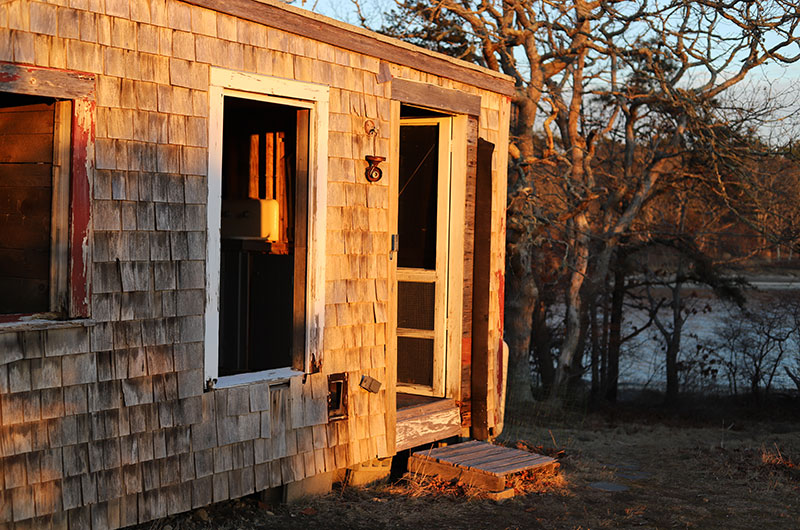
Into view came the summer shack, surrounded by decades old blueberry bushes and a stately old rhododendron; the shack’s screen door knocking about, the windows long gone.
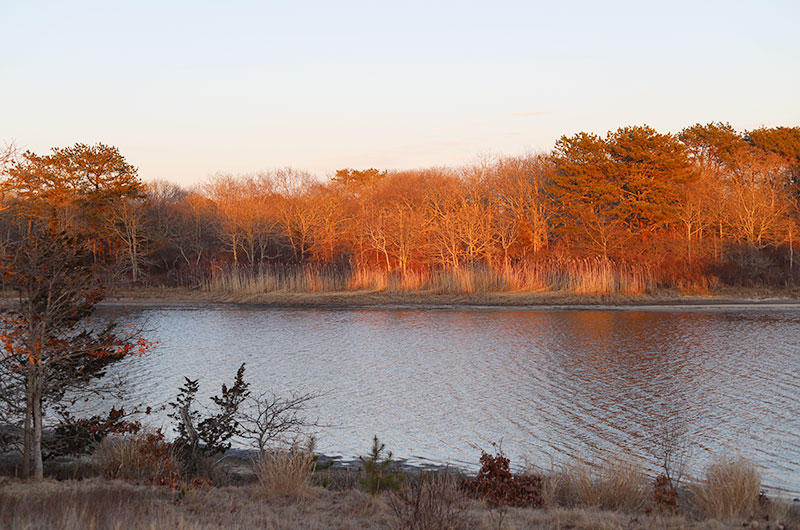
And then at last a long deep gulp of water view. A heron. Two swans. And a brilliant study of evening light bouncing off the thick brush on the eastern shore.
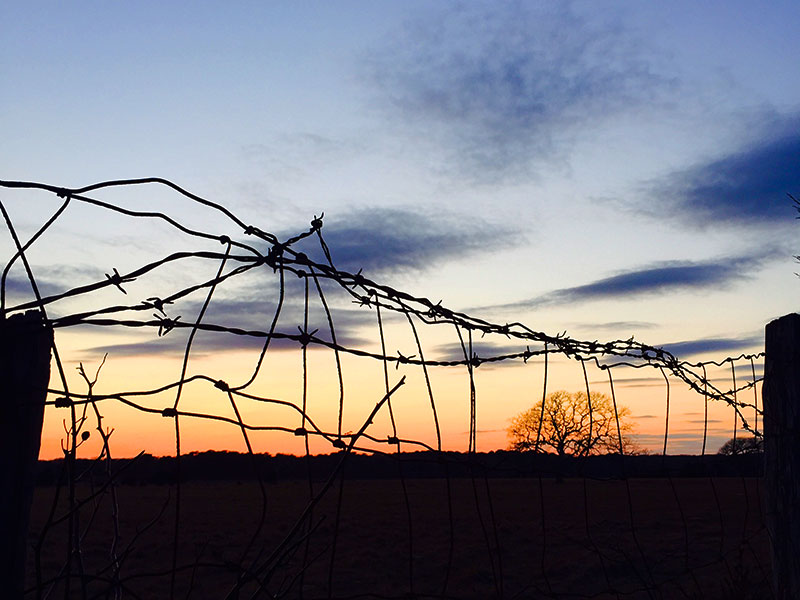
As we covered that last bit of trail, space opened wide all around us, the low grassy plains of the Flat Point peninsula blending into the dark of the disappearing sun.
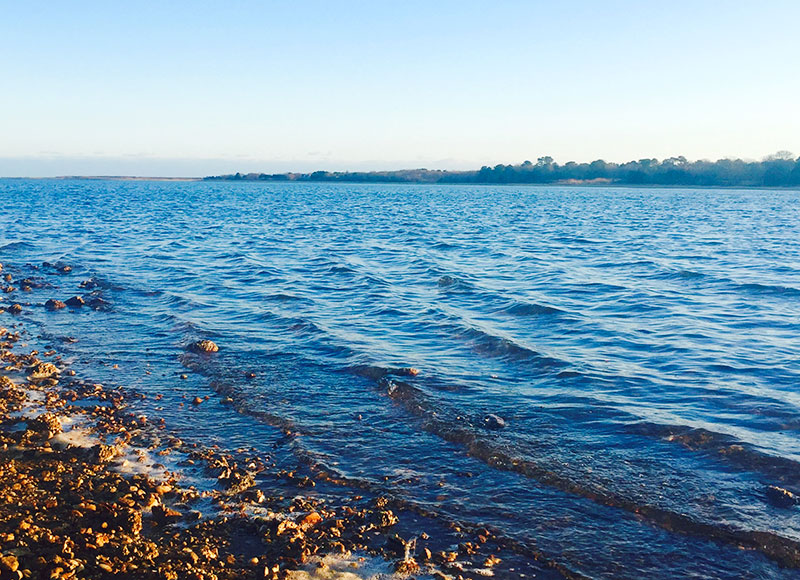
Farmer and I found the boardwalk path leading down to the lapping shore, stood and sniffed the rocky beach strewn with spent oyster shells. The roar of the ocean far across the water beyond the cut brought the sea humming back to us.
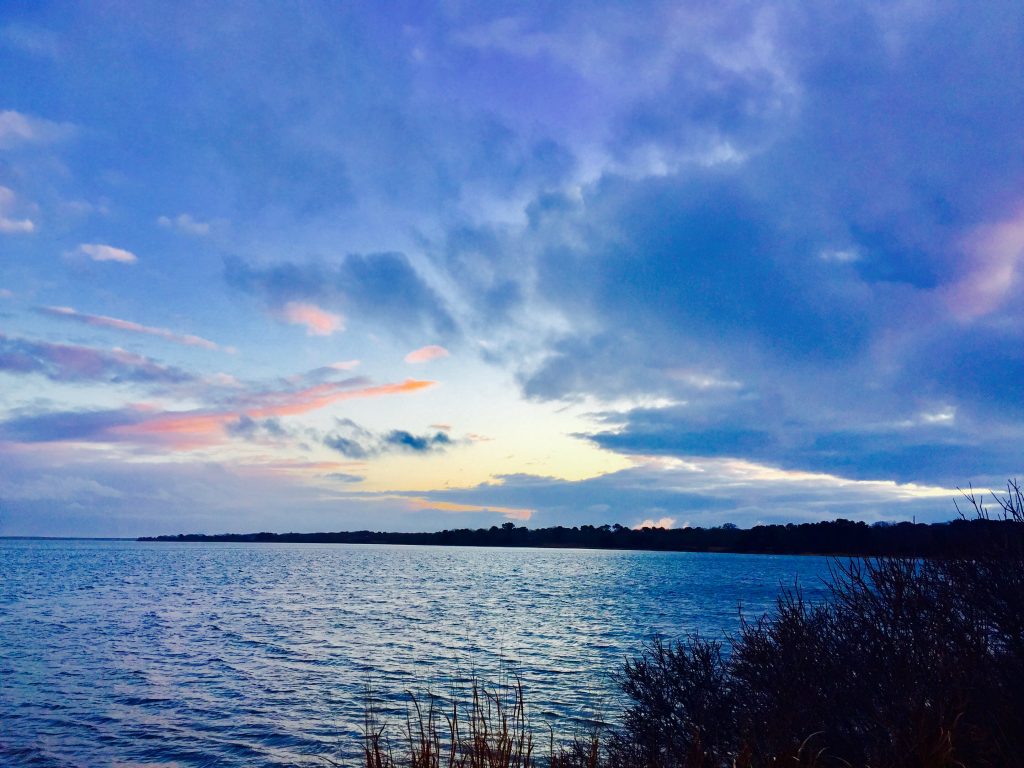
It was time to turn back, but suddenly everything was very still. And I was very still. I felt completely present and unfettered in that moment, like I had everything I would ever need. I was overwhelmed by a feeling of gratitude.
It was the kind of gratitude that spiritual writer Cynthia Bourgeault calls a “healing force.” This is not your Hallmark-card gratitude or the stuff on your gratitude list. It doesn’t get its power from tangible things. This gratitude comes from a place inside you. It comes at strange and necessary times, but only in stillness, quiet — here, the gloaming.
Farmer and I made our way home in the cool March twilight, a chill rising from the ground now.
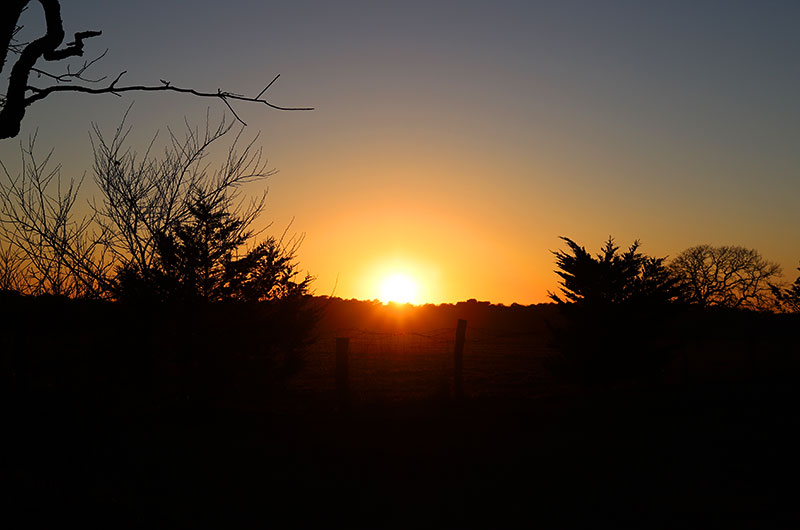
Once home, I reread Cynthia Bourgeault’s words that have been with me for fourteen years, at first in my little notebook, later on the fridge when I lived alone, now on the bulletin board behind my computer.
“Yes, it’s easy to be grateful when something good has been done for you. But have you ever thought about gratitude not as a response but as a force in its own right; an initiating and healing energy that is not dependent on external circumstances but is rather an innate power of the human soul? When understood and wielded in this fashion, it has the power to liberate us from our self-imposed prisons of self-pity and envy and to actually change the energy fields (and hence, the outcome) of our circumstances.
In plain words, we can actually change our reality by being grateful first; not as a response but as an innate way of being.
…Gradually you will come to see that gratitude is not a response; it is a river that is always flowing through you, and that you can learn to flow with. Wherever your external circumstances may appear to be heading, it will always be carrying you inwardly toward fullness and love.”
Work in progress here.
P.S. I saw a meme on Facebook that pictured pets – cats and dogs – with the label “antidepressants” in front of them. I love that, and it reminded me of something else I keep tacked to my bulletin board.
Rules to Learn From Your Dog
Never pass up the opportunity for a joy ride.
Allow the experience of fresh air and wind to be pure ecstasy. When loved ones come home, always run to greet them.
When it’s in your best interest, practice obedience.
Let others know when they have invaded your territory.
Take naps and stretch when rising.
Run, romp, and play daily.
Eat with gusto and enthusiasm.
Be loyal.
Never pretend to be something you’re not.
If what you want lies buried, dig until you find it.
When someone is having a bad day, be silent, sit close by and nuzzle them gently.
Avoid biting when a single growl will do.
Delight in the simple joy of a long walk.
When you are happy, dance around and wag your whole body.
No matter how often you’re scolded, don’t buy into the guilt thing and pout. Run right back and make friends.
— Anonymous
“With gratitude, optimism is sustainable.”
— Michael J. Fox
WATCH this inspiring interview with Fox for this recent Martha’s Vineyard Book Festival virtual winter event, on the subject of Fox’s new book, No Time Like the Future: An Optimist Considers Mortality.
LOOKING FOR NEW RECIPES?
Visit cookthevineyard.com and sign up for the free weekly newsletter. (Something I do as part of my day job.)

